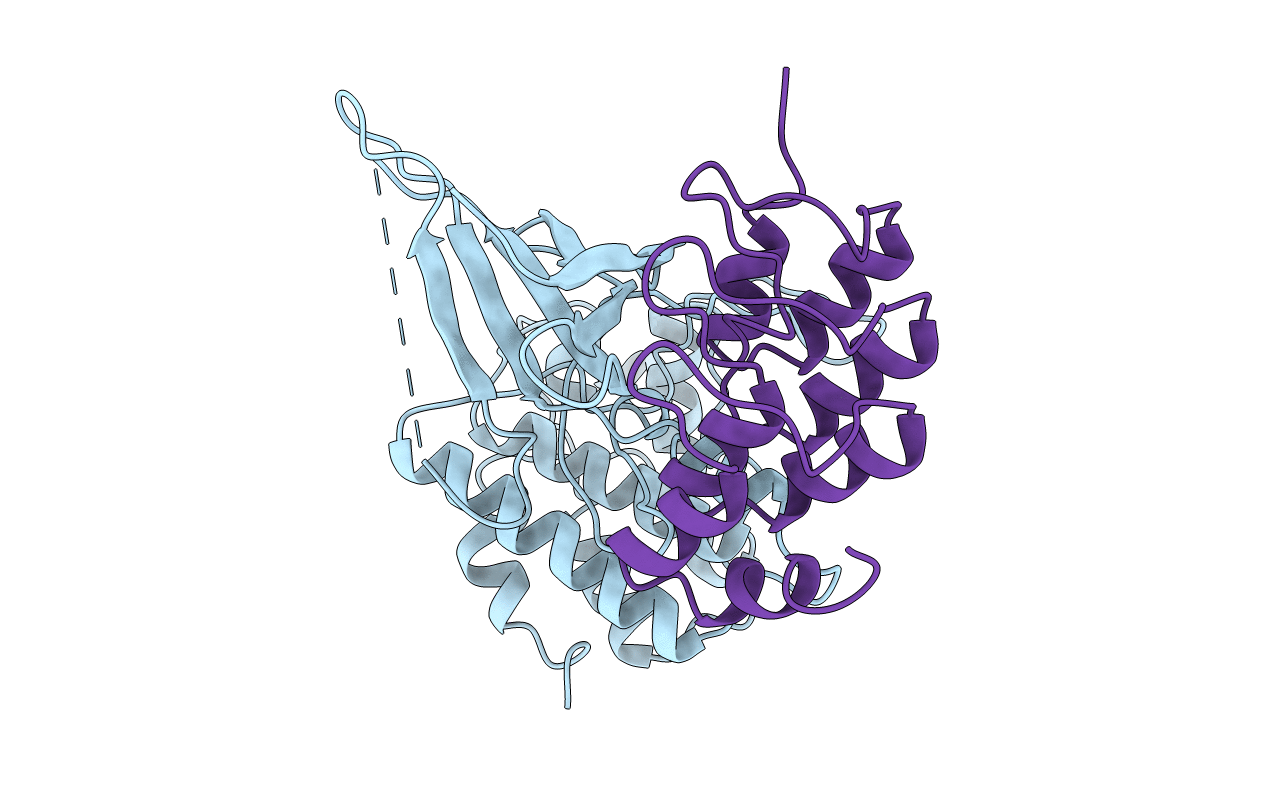
Deposition Date
1998-06-22
Release Date
1999-01-13
Last Version Date
2024-02-07
Entry Detail
PDB ID:
1BI7
Keywords:
Title:
MECHANISM OF G1 CYCLIN DEPENDENT KINASE INHIBITION FROM THE STRUCTURE OF THE CDK6-P16INK4A TUMOR SUPPRESSOR COMPLEX
Biological Source:
Source Organism:
Homo sapiens (Taxon ID: 9606)
Host Organism:
Method Details:
Experimental Method:
Resolution:
3.40 Å
R-Value Free:
0.33
R-Value Work:
0.22
R-Value Observed:
0.22
Space Group:
P 41 2 2


